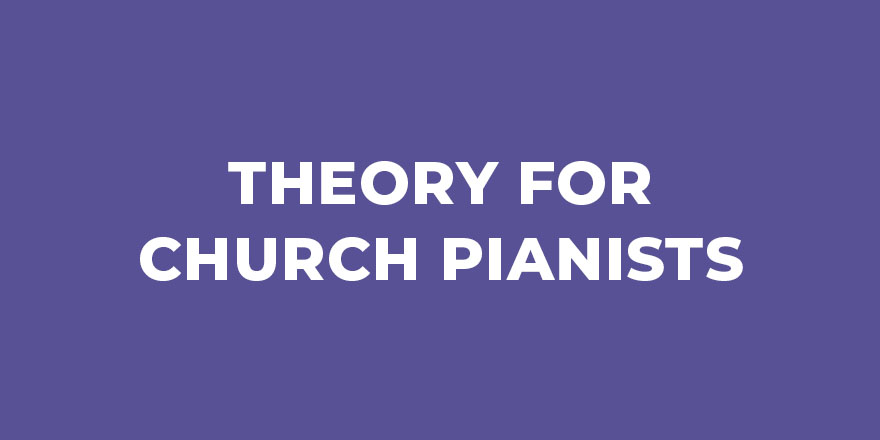Course Description
This course includes 5 hours of instruction and a study guide with classwork and examples. For decades, piano teachers have forced their students to work through music theory books but have never made the connection between theory and the actual music that the student plays. As a result, most pianists see theory as useless knowledge, inapplicable to the music they play every day.
The truth is exactly the opposite. Theory is absolutely vital to understand if you want to be a good improvising pianist. It provides the framework from which improvising can take place.
The good news is that you don’t have to know all music theory to be a good improviser. In fact, you simply need to know a small subset of it. That subset is what is covered in this course. In other words, this course is not about trivia; it is rather about practical information that will help you play better in church.
A 37-page study guide with illustrations and assignments is included.
What you will learn in this course:
- Major scales
- Minor scales
- Scale degrees
- Intervals
- Triads
- Triad inversions
- Diatonic triads
- Four note chords (6th and 7th chords)
- Diatonic 7th chords
- Extended chords (chords with 9ths, 11ths, and 13ths)
- Circle of Fifths (and progressions based on the circle)
- Secondary dominants
- Suspended dominants
- Functional harmony
Suggested Prerequisites
None
You must log in to submit a review.

